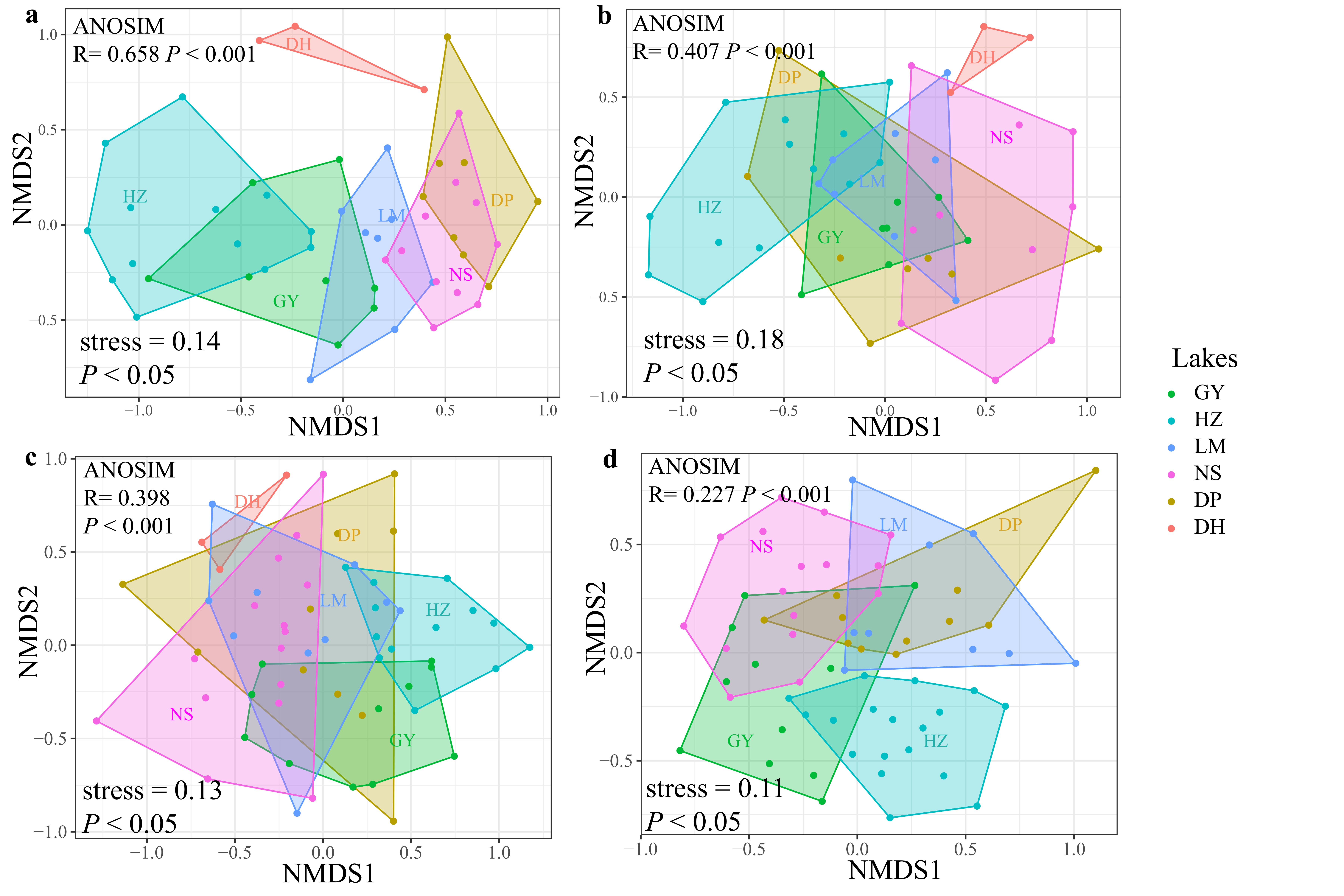
Freshwater fishing is recognized as a major stressor on aquatic ecosystems, often leading to dramatic changes in the structure of natural populations. Fishing in inland freshwaters typically takes two forms: intensive fishing of targeted species and unselective fishing of entire assemblages.
Unselective fishing involves activities that target the entire assemblage rather than specific fish species, size classes, or trophic levels. This approach has been widely used in China’s inland waters for decades, but its implications for biodiversity remain unclear.
Recently, a research team led by Prof. CHEN Yushun from the Institute of Hydrobiology (IHB) of the Chinese Academy of Sciences demonstrated that unselective fishing could reduce fish diversity and homogenize assemblage structure in lakes. The study was published online in Water Biology and Security.
To study the potential impacts of unselective fishing on fish diversity and assemblage structures, the researchers studied fish assemblages in freshwater lakes, including five fishing lakes, one reference lake, and a total of 51 sampling sites, between pre- and post-fishing time-periods in Eastern China during 2017–2019. They found different trends in fish assemblage changes between fishing and reference lakes.
The researchers then assessed the effects of lake, fishing period, and their interactions on fish abundance, biomass, and diversity indices. In fishing lakes, they observed fish species richness, abundance, biomass, and all three life-history strategies (opportunistic, equilibrium, and periodic) declined significantly after fishing activities were implemented, whereas opposite trends were observed in the reference lake.
The researchers further tested the differences in fish assemblages among lakes and between fishing periods. The results showed that compositional similarity of fish assemblages among fishing lakes increased over the three-year monitoring period.
This study has important implications for the protection of fisheries and biodiversity in inland waters of China, and is also potentially applicable to other countries or regions that rely on fish as a major food source while experiencing overfishing and biodiversity reduction. Moreover, it improved the understanding of ecosystem impacts associated with unselective fishing in inland waters.

Non-metric multidimensional scaling on the relative abundance of species at sampling sites in studied lakes showed that differences between lakes became smaller over the years (Image by IHB)

86-10-68597521 (day)
86-10-68597289 (night)

52 Sanlihe Rd., Xicheng District,
Beijing, China (100864)

